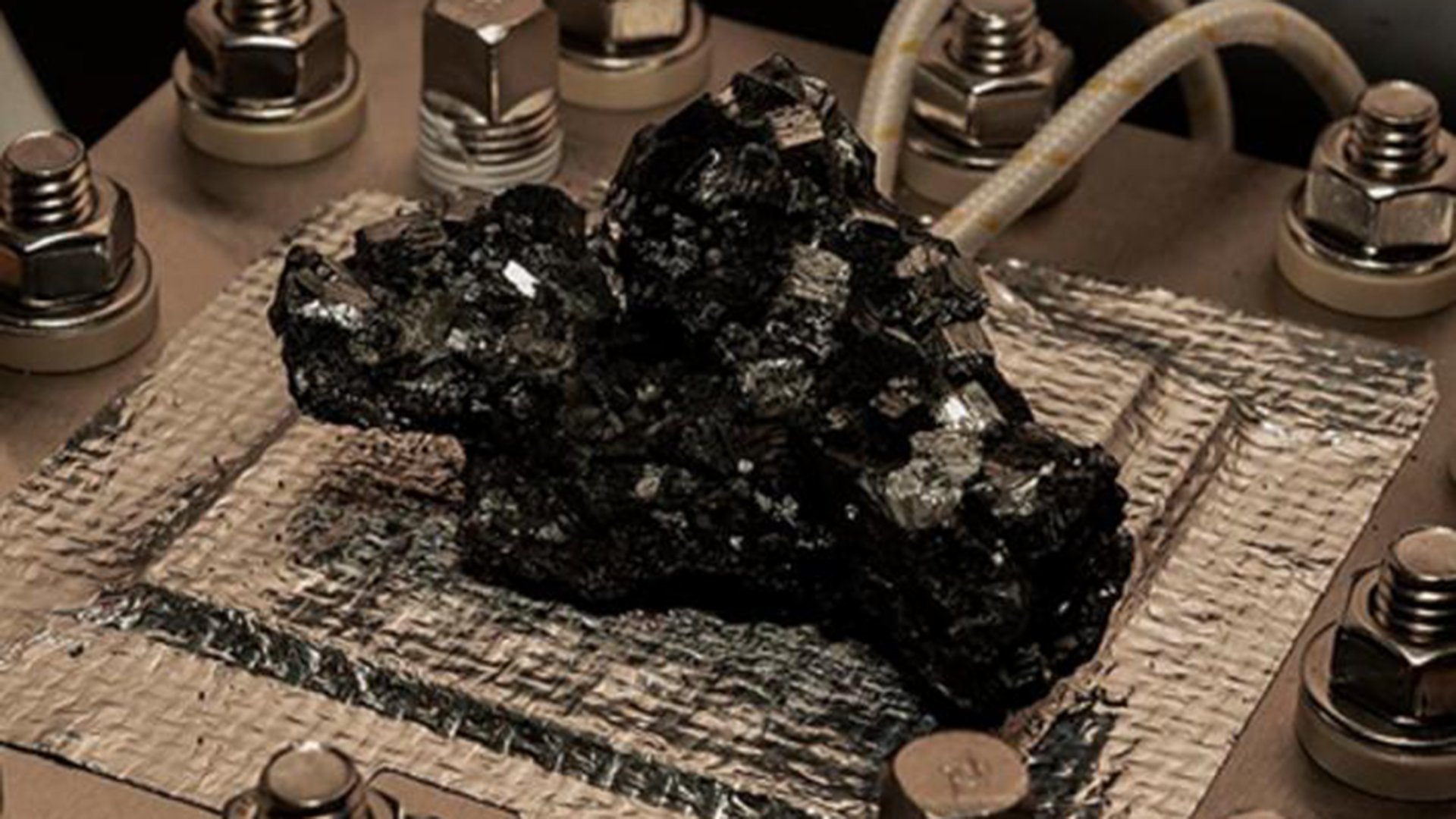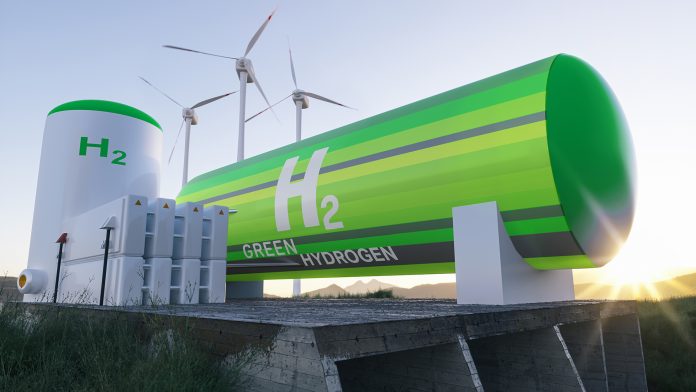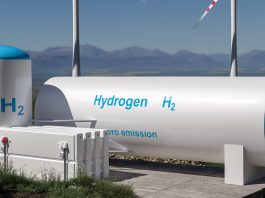Scientists from Japan’s RIKEN Center for Sustainable Resource Science (CSRS) have advanced a catalyst for producing green hydrogen.
The custom-made catalyst enables the green and sustainable extraction of hydrogen from water.
By manipulating the catalyst’s 3D structure, the CSRS team has significantly improved its stability and lifetime by nearly 4,000%.
Realising the full potential of green hydrogen production could have profound implications for the energy transition.
Hydrogen will play an essential role in decarbonising heavy industry, long-haul transport and seasonal energy storage.
According to the International Renewable Energy Agency, hydrogen could contribute 10% of the mitigation needed to keep global temperature increase to within 1.5°C and 12% to final energy demand.
Currently, around 47% of hydrogen production globally comes from natural gas, 27% from coal, and 22% as a by-product of oil, meaning only 4% is produced through electrolysis.
Moreover, only 1% of hydrogen globally is produced using renewable energy. Now, CSRS look to have overcome some of the primary challenges that are slowing down green hydrogen progress.
Challenges of PEM electrolysis
Proton exchange membrane (PEM) water electrolysis offers an eco-friendly method to split water into oxygen and hydrogen, which can be stored for future use.
This hydrogen, when integrated with PEM fuel cells, can power electric vehicles.
However, PEM electrolysis faces limitations due to its reliance on highly acidic conditions and rare earth metal catalysts like iridium, hindering widespread industrial application.
Recently, the team pioneered a breakthrough in acid water electrolysis, eliminating the need for rare earth metals by incorporating manganese into a cobalt oxide lattice.
Despite initial success, stability issues persisted in PEM electrolysers. Now, they’ve enhanced their method, producing a longer-lasting catalyst utilising abundant earth metals.
Catalysing green hydrogen production
The researchers developed a novel manganese oxide (MnO2) catalyst, enhancing reaction stability by over 40 times through lattice structure modifications.
By increasing planar oxygen in the 3D lattice, stronger bonds with manganese were formed, significantly boosting catalytic stability.

Testing four manganese oxide variants, the highest achieving 94% planar oxygen maintained critical oxygen evolution in acid for a month at 1000 mA/cm2, transferring 100 times more charge than previous studies.
In PEM electrolyser tests, they sustained water electrolysis for about six weeks at 200 mA/cm2, producing hydrogen at a rate ten times greater than prior non-rare metal catalysts.
Despite the need for longer-term stability at industrial scales, the researchers anticipate feasible real-world applications contributing to carbon neutrality.
They hope their findings can spark interest in sustainable hydrogen as a viable tool in the renewable energy arsenal against climate change.









